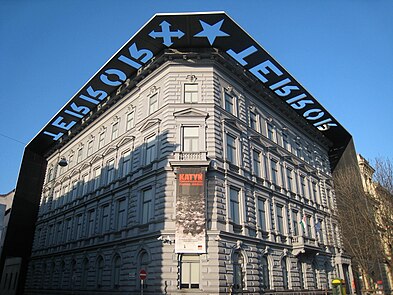
The first commemoration was held in 2011 on the initiative of Poland, Hungary, and Lithuania.Continue reading

On September 1, 1939, World War II broke out, killing some 60 million people worldwide. After Hitler’s Germany invaded Poland, a campaign of warfare was launched that terrified the whole world.
“I lived upon this earth in such an age
when man was so debased he sought to murder
for pleasure, not just to comply with orders,
his faith in falsehoods drove him to corruption,
his life was ruled by raving self-deceptions.”
This is how Hungarian poet Miklós Radnóti, a victim of the war who was shot dead in 1944, speaks of the horrors of the Second World War in his poem, Fragment (Töredék, 1944).
The origins of the war date back to the First World War, after which the victorious powers imposed humiliating peace terms on Germany. German National Socialist Chancellor, Adolf Hitler, who came to power in 1933, exploited the Germans’ desire for revenge with unbridled demagogy, breaking peace terms one after the other.
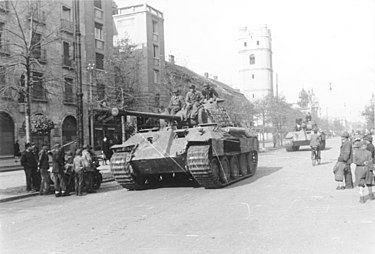
The German 23rd Panzer Division in Debrecen. Photo via Wikipedia
During World War II, the Kingdom of Hungary was a member of the Axis powers (Germany, Italy, and Japan). In the 1930s, the country relied on increased trade with Fascist Italy and Nazi Germany to pull itself out of the Great Depression caused by the First World War and its consequences.
Hungary benefited territorially from its relationship with the Axis. Settlements were negotiated regarding territorial disputes with the Czechoslovak Republic, the Slovak Republic, and the Kingdom of Romania.
On November 20, 1940, Hungary became the fourth member to join the Axis powers when it signed the Tripartite Pact. The following year, Hungarian forces participated in the invasion of Yugoslavia and the Soviet Union.
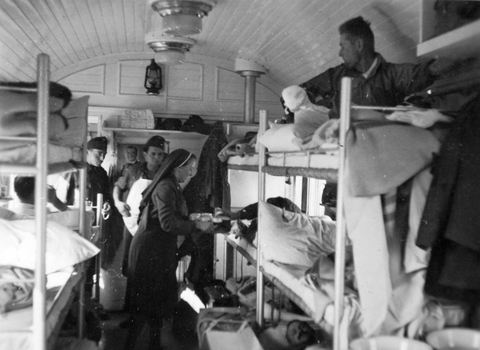
A hospital during the war. Photo via Fortepan
After two years of war against the Soviet Union, Prime Minister Miklós Kállay began peace negotiations with the United States and the United Kingdom in autumn of 1943. Berlin was already suspicious of the Kállay government because it protected refugees and prisoners, resisted Nazi pressure regarding Jews, established contact with the Allied powers, and negotiated conditions under which Hungary would switch sides against Germany. As a result, in September 1943, the German General Staff prepared a project to invade Hungary.
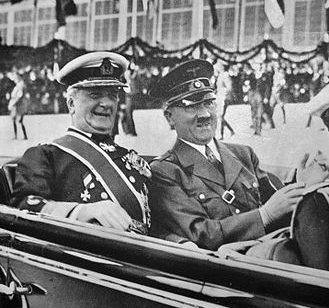
Hungarian leader Regent Miklós Horthy and German leader Adolf Hitler in 1938. Photo via Wikipedia
In March 1944, German forces occupied Hungary. Soon after, in October, Regent Miklós Horthy announced that Hungary had declared an armistice with the Allied powers and withdrawn from the Axis. He was then deposed from power, while Hungarian fascist leader Ferenc Szálasi established a new government, with the Arrow Cross Party, enjoying German backing. However, eventually, in 1945, Hungarian and German forces in Hungary were defeated by advancing Soviet armies.
In the Second World War, some 300,000 Hungarian soldiers and more than 600,000 civilians died, including between 450,000 and 606,000 Jews and 28,000 Romani.
Many cities were damaged, most notably the capital, Budapest.
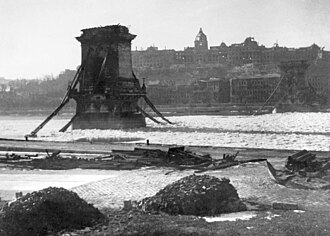
The famous Chain Bridge was destroyed during the siege of Budapest (December 1944- February 1945). The Battle of Budapest was a 50-day encirclement of Soviet and Romanian forces. 38,000 civilians died as a result of starvation, military action, and mass execution of Jews by the far-right Hungarian nationalist Arrow Cross Party. It was a strategic victory for the Allies in their push towards Berlin. Photo via Wikipedia
Most Jews in Hungary were protected from deportation to German extermination camps for the first few years of the war, although they were subject to a prolonged period of oppression by anti-Jewish laws that imposed limits on their participation in public and economic life. From the start of the German occupation of Hungary in 1944, Jews and Roma people were deported to the Auschwitz concentration camp in Poland.
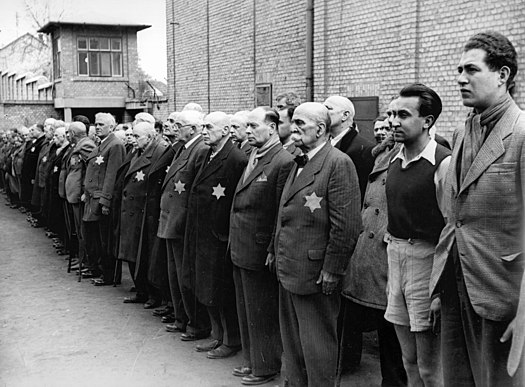
Jews in Kistárcsa in 1944. Photo via Fortepan
Concentration camps were set up not only in Germany, Austria, and Poland, but also in Hungary. Two of the most famous are the Recsk labor camp (in northern Hungary) and the Kistárcsa Central Internment Camp (near Budapest). The former became notorious as the “Hungarian gulag” and only operated after the war from 1950 to 1953. The Kistarcsa camp, however, lasted from 1938, with minor interruptions, until 1957.
From 1944-1945, Hungary essentially became a buffer zone between Soviet and German forces, and eventually totally defeated in the war. Following the Paris Peace Treaty of 1947, Hungary ended the war with less territory than the area defined and designated in the Trianon Peace Treaty in 1920. As a further consequence of the Second World War, the country remained under Soviet rule until 1990, when the Soviet military finally withdrew.
Featured image via Wikipedia